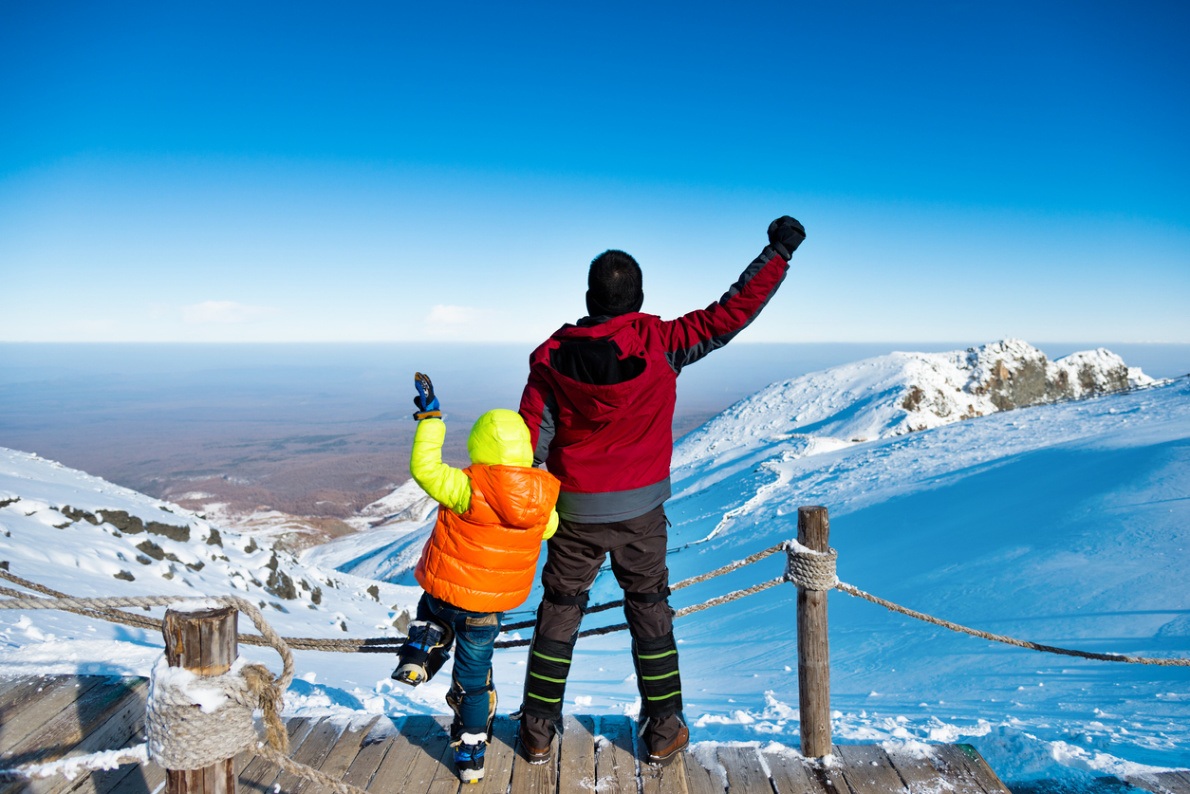See the End from the Beginning When Training
Let us embark on a fantasy together.
For reasons that don’t matter—because, after all, this is a fantasy, remember?—my sole purpose in life is to climb Mount Everest alone, without supplemental oxygen or the support of Sherpa, the natives who make the climb possible for nearly everyone who successfully reaches the summit.
You have climbed many mountains yourself—including Everest—so I ask you to train me for the ascent, and you agree.
You begin the training process. You prescribe an exacting diet and regimen of exercise, because I have to be physically fit if I’m going to climb the highest mountain—and one of the coldest and windiest places—in the world.
This exercise regimen is not easy. You require me to stretch my physical limits several hours a day, which is never comfortable. Sometimes I complain, and you respond, “See the end from the beginning. You have an end goal in mind. Exercising and diet are simply two of the uncounted steps required for you to reach that goal.”
One day we’re practicing on a mountain in the snow, and I become fatigued, cold, frightened. I beg you to put a rope around me and pull me the rest of the way up. “No,” you respond, “you won’t learn anything from that. See the end from the beginning. Climbing Everest will be much more difficult than this.”
You require me to train rigorously not just to be fit but to become technically capable of increasingly difficult climbs. Relentlessly but patiently you push me, sometimes to the point where I want to give up.
But you remind me, again and again, that we’re preparing for what I really want. “If I don’t persist in properly training you,” you say, “the day will come when you will leave on your solo journey, and you will die on the mountain—for any number of reasons, all of which will stem directly from your lack of preparation.
See the End from the Beginning While Training Your Children
As parents it is our responsibility to train our children to go out into a confusing and often frustrating and dangerous world. We’re sending them out to climb a very real Mount Everest, a climb we call life.
They will face physical and emotional exhaustion, crevasses, falling objects, loose rock, steep inclines, opposition, deception, addictions, pain, fear, and much more. Under the best of conditions they are certain to suffer from time to time, and many will be caught in cycles of pain and addiction that will make life seem like a version of hell.
They will experience exertion, cold, frustration, failure, humiliation, unending mistakes, and even times of complete failure. They cannot avoid the difficulties of life.
None of us can climb Everest in comfort. But you can equip your children with skills, physical and emotional fitness, and lots of practice, which will both minimize their injuries and also increase their ability to learn from the ones they can’t avoid.
We CANNOT neglect their training. We can’t let up. We can’t do it sporadically or when it’s convenient. Sending a child out into the world without thoroughly loving and teaching them would be like sending them to climb Everest with no preparation, while clothed in shorts and a T-shirt.
We can do this lifesaving thing for our children. We must. We can get training and help every day. And if we take on this responsibility with joy and enthusiasm, it will still be difficult, but it will also be fun and fulfilling along the way. It’s worth it.
The view from the top of Everest is spectacular.


